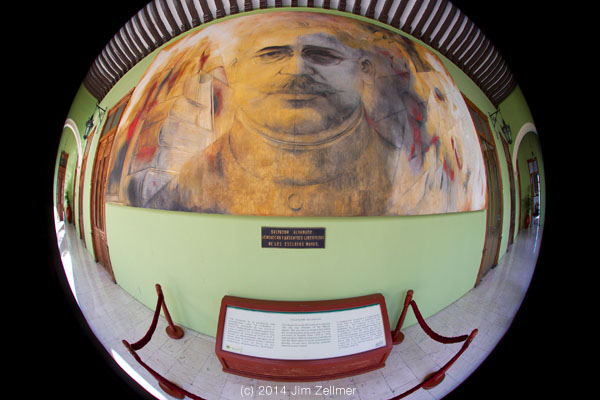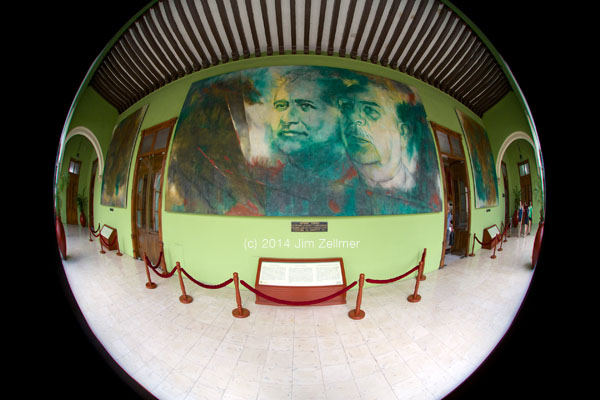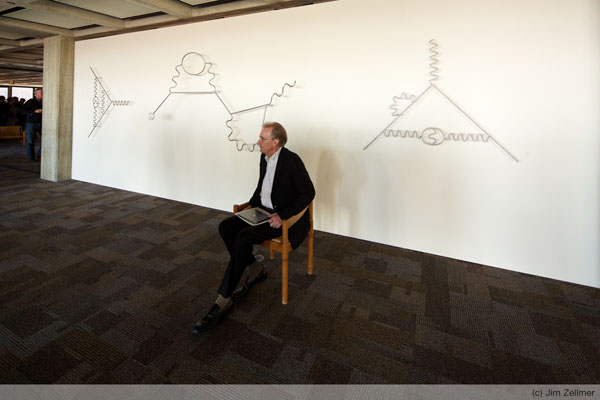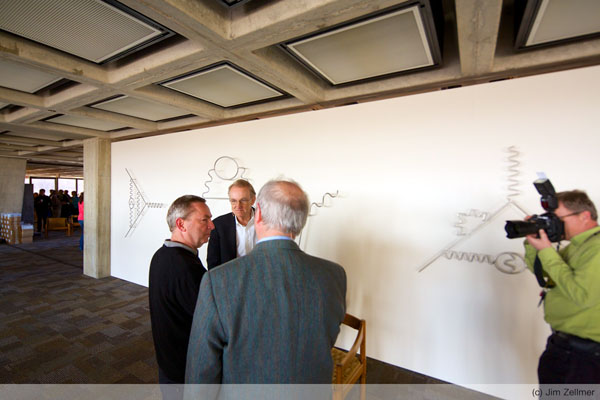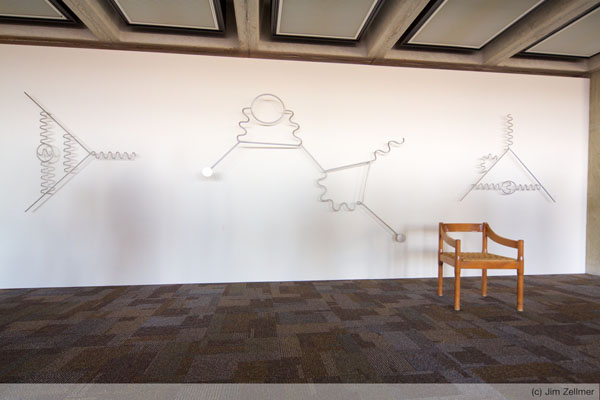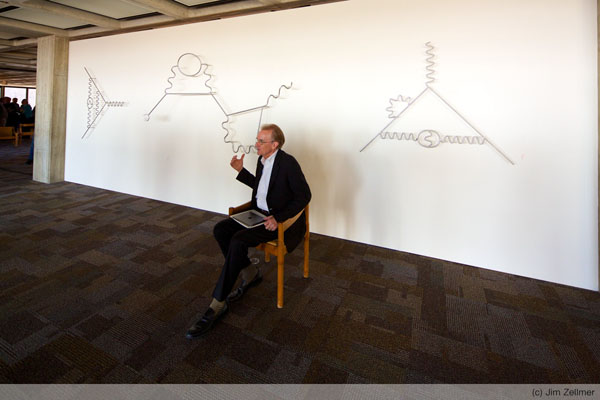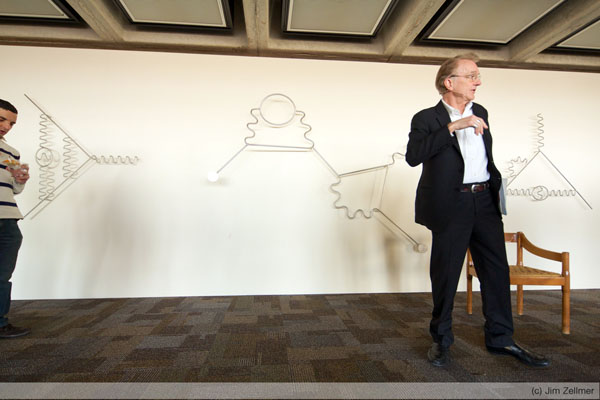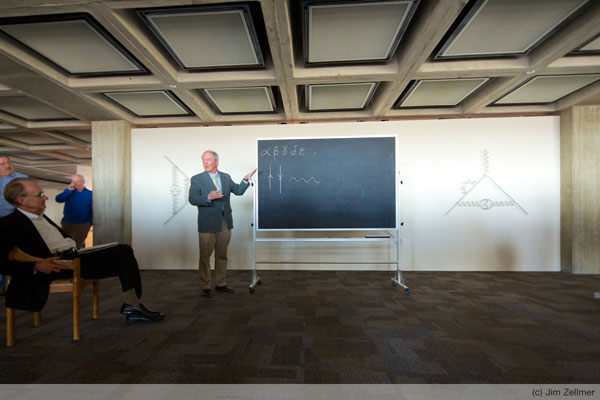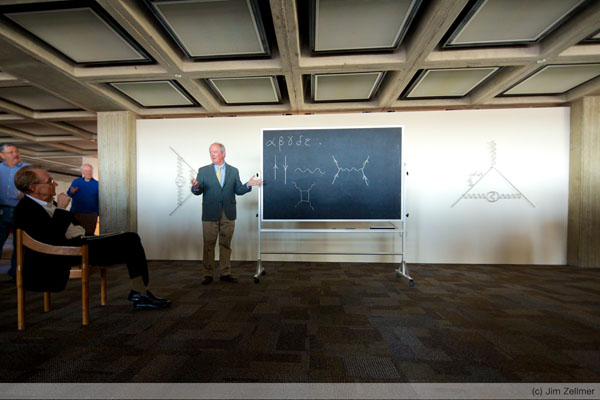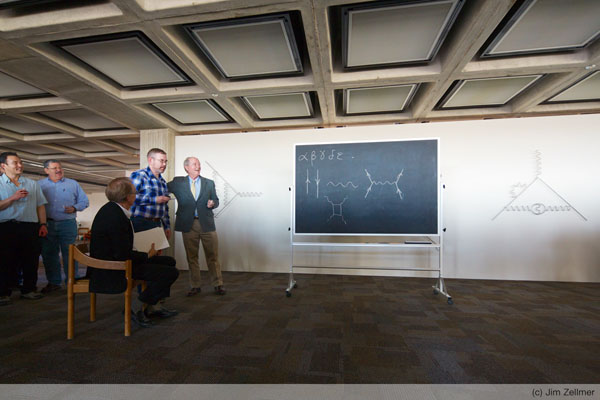Bruce Hellman is determined to move away from a healthcare system in which every appointment begins with “a blank picture where clinicians have no insight on how their patients are doing”.
He is, he said at Wired Health today, astounded that when he goes to an ecommerce site it will know all about how he has been spending his money since his last visit; when he visits his GP after a six-month break, they will have practically nothing on him and what he has been doing during that time.
Monthly Archives: April 2014
Menu-data startup Food Genius finds there are no national food trends, only local ones
There was only one problem. The data they found was not what what they expected to find.
After aggregating menu data for more than a year, Food Genius wasn’t able to find any big nationwide food or eating trends. No matter what it looked at – the appearance of kale on the menu, the number of restaurants serving carnitas tacos – Food Genius was just seeing big flat lines across its graphs. The problem, according CEO and co-founder Justin Massa, was that, averaged out across the country, our eating patterns stayed static or rose and fell only incrementally quarter to quarter, year to year.
Madison Sunset: Easter 2014
Biomarkers and ageing: The clock-watcher
He has discovered an algorithm, based on the methylation status of a set of these genomic positions, that provides a remarkably accurate age estimate — not of the cells, but of the person the cells inhabit. White blood cells, for example, which may be just a few days or weeks old, will carry the signature of the 50-year-old donor they came from, plus or minus a few years. The same is true for DNA extracted from a cheek swab, the brain, the colon and numerous other organs. This sets the method apart from tests that rely on biomarkers of age that work in only one or two tissues, including the gold-standard dating procedure, aspartic acid racemization, which analyses proteins that are locked away for a lifetime in tooth or bone.
“I wanted to develop a method that would work in many or most tissues. It was a very risky project,” Horvath says. But now the gamble seems to be paying off. By the time his findings were finally published last year1, the clock’s median error was 3.6 years, meaning that it could guess the age of half the donors to within 43 months for a broad selection of tissues. That accuracy improves to 2.7 years for saliva alone, 1.9 years for certain types of white blood cell and 1.5 years for the brain cortex. The clock shows stem cells removed from embryos to be extremely young and the brains of centenarians to be about 100.
RIP for OED as world’s finest dictionary goes out of print
It’s all academic for now anyway, they say, because the third edition of the famous dictionary, estimated to fill 40 volumes, is running at least 20 years behind schedule.
Michael Proffitt, the OED’s first new chief editor for 20 years, said the mammoth masterpiece is facing delays because “information overload” from the internet is slowing his compilers.
His team of 70 philologists, including lexicographers, etymologists and pronunciation experts, has been working on the latest version, known as OED3, for the past 20 years.
Michael Proffitt revealed to Country Life magazine that the next edition will not be completed until 2034, and likely only to be offered in an online form because of its gargantuan size.
“A lot of the first principles of the OED stand firm, but how it manifests has to change, and how it reaches people has to change,” said the 48-year-old Edinburgh-born editor.
Work on the new version, currently numbering 800,000 words, has been going on since 1994. The first edition, mooted in 1858 with completion expected in 10 years, took 70 years.
“Although the internet has made access easier,” said Mr Proffitt, “it’s also created the dilemma of information overload.
Panoramas & Photos: Tufte + Feynman @ Fermilab
Panoramas (tap to pan & zoom)
Still Images (tap for a larger version)
Event website: April 12 – June 26, 2014
To Tell Your Story, Take a Page from Kurt Vonnegut?
In the 1989 movie Dead Poet’s Society, Robin Williams, playing the iconoclastic English teacher John Keating, dismisses the notion that you can judge the perfection of a poem mathematically by plotting how artfully it employs meter, rhyme, and metaphor against how important the subject is. Rather than have his students think they could graph the relative merits of, say, a Shakespeare sonnet against a poem by Alan Ginsberg, he has them rip up their textbooks. Data can’t tell us anything about stories, he’s saying, as pages of Understanding Poetry, by Dr. J. Evans Pritchard, Ph.D., fly all over the room.
Businesspeople are often advised to turn their data into stories to make them more persuasive. And that is certainly good advice. But they are given precious few tools to help them do that. It turns out though, John Keating notwithstanding, that graphs can be remarkably useful in demonstrating the mechanics underpinning an effective story. One person who’d given this a lot of thought was novelist Kurt Vonnegut, a real-life literary iconoclast if there ever was one.
Chocolate Consumption, Cognitive Function, and Nobel Laureates
Chocolate consumption could hypothetically improve cognitive function not only in individuals but in whole populations. Could there be a correlation between a country’s level of chocolate consumption and its total number of Nobel laureates per capita?
Farewell Letter
For reasons of health, Gabriel Garcia Marquez, Colombia’s illustrious Nobel Laureate for literature, has declared his retirement from public life. He has terminal cancer and sends this letter of farewell to friends and lovers of literature.
If God, for a second, forgot what I have become and granted me a little bit more of life, I would use it to the best of my ability.
I wouldn’t, possibly, say everything that is in my mind, but I would be more thoughtful l of all I say.
I would give merit to things not for what they are worth, but for what they mean to express.
I would sleep little, I would dream more, because I know that for every minute that we close our eyes, we waste 60 seconds of light.
I would walk while others stop; I would awake while others sleep.
If God would give me a little bit more of life, I would dress in a simple manner, I would place myself in front of the sun, leaving not only my body, but my soul naked at its mercy.
To all men, I would say how mistaken they are when they think that they stop falling in love when they grow old, without knowing that they grow old when they stop falling in love.
I would give wings to children, but I would leave it to them to learn how to fly by themselves.
To old people I would say that death doesn’t arrive when they grow old, but with forgetfulness.
I have learned so much with you all, I have learned that everybody wants to live on top of the mountain, without knowing that true happiness is obtained in the journey taken & the form used to reach the top of the hill.
Palacio del Gobernador (Merida) Panoramic Images & Fernando Castro Pacheco Murals

Two additional panoramas: Staircase Courtyard.
Wikipedia on Fernando Castro Pacheco:
Between 1971 and 1979 Castro Pacheco completed 27 murals for the governor’s palace in Mérida, Yucatán. These murals depict what some consider the realities of life in the Yucatán after the Spanish conquest as well as images and myths of native Maya tribes indigenous of the Yucatán region. The murals depict scenes of work and torture that the native peoples of the Yucatán endured under Spanish control. The reality of early henequen workers are seen in El henequen. A traditional creation myth of the native tribes is also depicted by Castro Pacheco in his work Hombres de maiz. The murals are oil paintings on large format canvas.
Lonely Planet.
Wikipedia on Merida.

